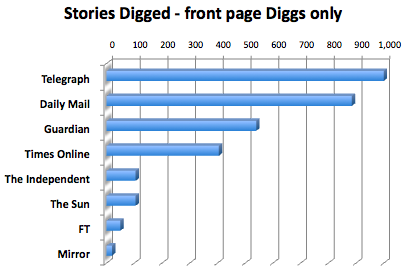
How news is produced in a print- or broadcast-only news operation
Above is an image representing how journalism has traditionally been done:
- You went and gathered your information
- You put it all together in an attractive package: the article, the broadcast package
- And someone else took that to the readers or viewers
That linear process is pretty much redundant online.
See the diagram below. I’ve found myself drawing this so often recently that I thought I should put it online and save some ink.

Newsgathering, production and distribution are often the same thing in an online environment
The point is clear. Thanks to networked technologies – and RSS in particular – there is no reason why newsgathering cannot also be news production, or news distribution. For example:
- You bookmark something on Delicious (newsgathering). That is published on Delicious, your blog, Twitter, and/or your news website (see Jemima Kiss’s PDA Newsbucket), and distributed via RSS which can be embedded anywhere
- You ask a question on Twitter (newsgathering). That is published on Twitter, and distributed via RSS – perhaps as a widget on your blog or Facebook.
- You film some raw material on your mobile phone using Qik. It’s published on Qik, with an update posted to Twitter too. The video feed is embedded on your blog or news site, and once again RSS distributes it anywhere you or someone else wants.
I could go on, but here are the implications: 1) a web-savvy journalist or news operation will seek to make as much of their activity visible in this way as possible, adding value to what they do and providing numerous access points for users. It’s for this reason I’m a massive fan of social bookmarking (it also makes it very easy to find things you read previously)
2) Journalism is becoming less polished, more iterative and more networked. Broadcast and print do the ‘finished version’ pretty well – online, we’re often happy with raw information, with the emphasis on ‘raw’.
3) As I’ve said before, the journalist (along with their readers) is now the distributor. You cannot leave that job to someone else. The more active, visible and social you are online, the better for your work both commercially and editorially.
Any thoughts? More examples?




